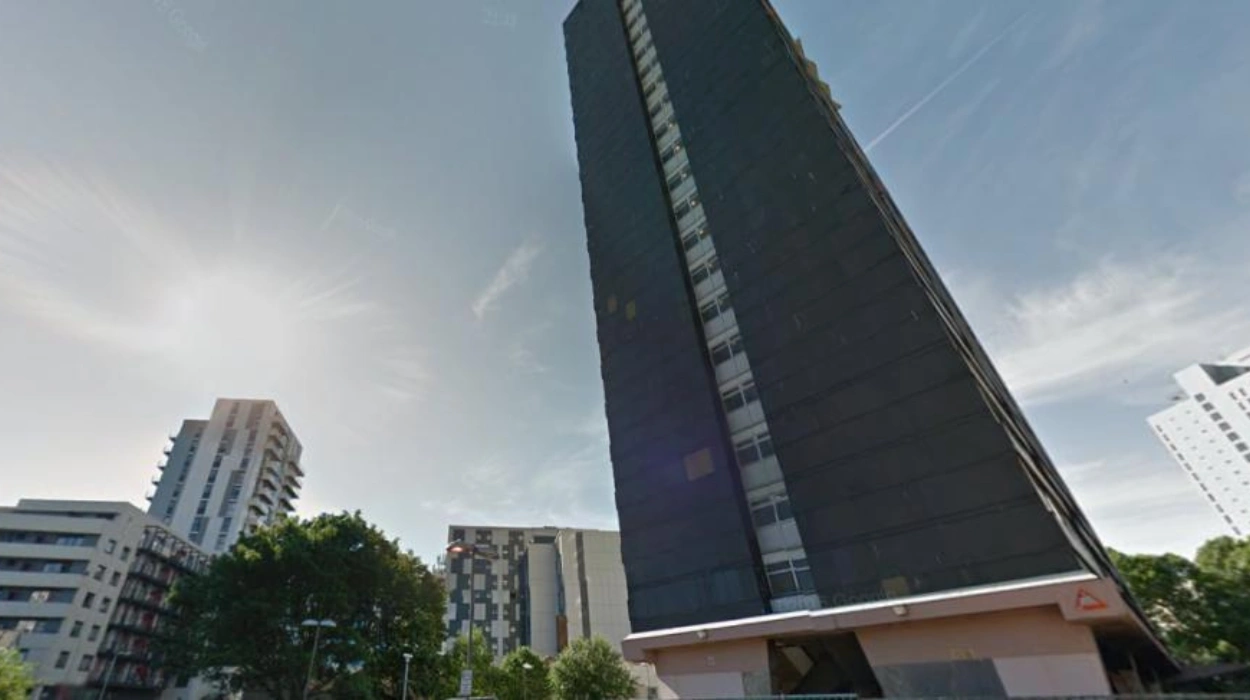Newham (Parliament Politics Magazine) – Newham Council initiates the £1bn Carpenters Estate redevelopment, starting with James Riley Point refurbishment, aiming for 50% affordable housing.
The first stage of the Carpenters Estate redevelopment in Stratford will begin with preparatory work at James Riley Point.
A £2.1 million contract with General Demolition Ltd. to do enabling work at the tower block has been authorized by Newham Council.
Five proposals were evaluated based on quality, price, and social value before the company was chosen through a tender procedure.
Even though complete vacant possession has not yet been attained, the work will get the structure ready for future construction.
To guarantee safe access while work is being done, an exclusion zone has been authorized around the remaining leaseholder’s apartment.
The council stated that after the facility is completely vacated, the contractor will finish any outstanding work.
The project will launch the larger Carpenters concept by replacing four leaseholder buildings with 132 new “affordable” rental units.
Cabinet initially granted the authority to award the contract in July 2021, and further decisions were taken in March 2021 and February 2025.
Subject to planning approval and a favorable resident ballot, these rulings made it possible for enabling works to move forward before the major development.
The plan is being managed by the council’s housing firm, Populo Living.
More than 2,100 residences, a new crafts college, cafes, restaurants, shops, and workshop facilities are all part of the larger Carpenters Estate revitalization.
How will the redevelopment enhance community facilities and services in Newham?
Surrounded by lower-rise residences and communal courtyards to promote social interaction, a sizable new park will serve as the estate’s focal point and offer green space for leisure, gatherings, and entertainment.
From lively public squares with play areas to more sedate green spaces, seven different open spaces will serve a range of purposes, promoting social cooperation, active lifestyles, and overall welfare.
These areas are intended to promote active living, increase urban greening and biodiversity, and give kids better access to play.
New community-use buildings, educational facilities like the Building Crafts College, and a variety of leisure spaces to meet the requirements of the local population are also part of the vision.


